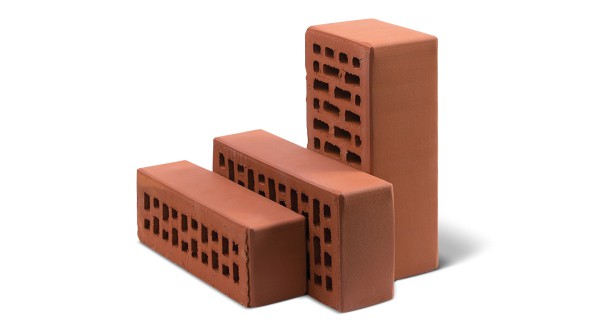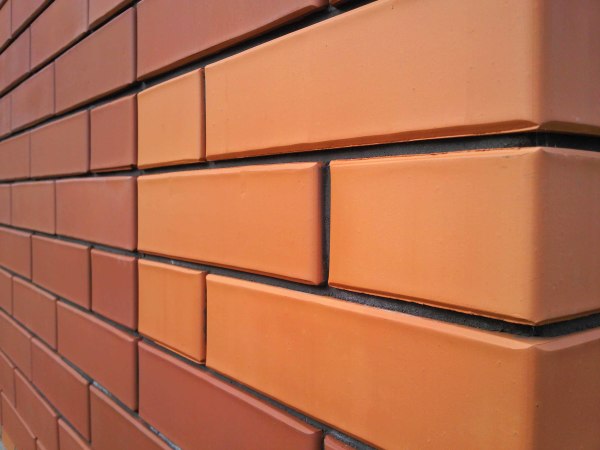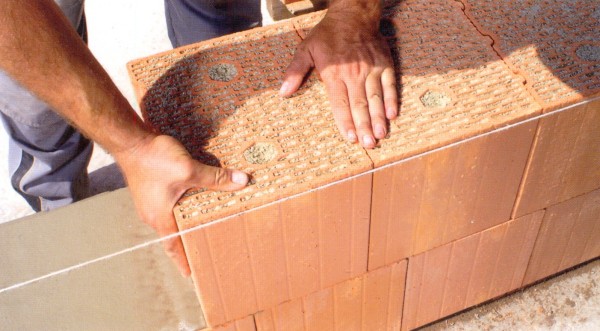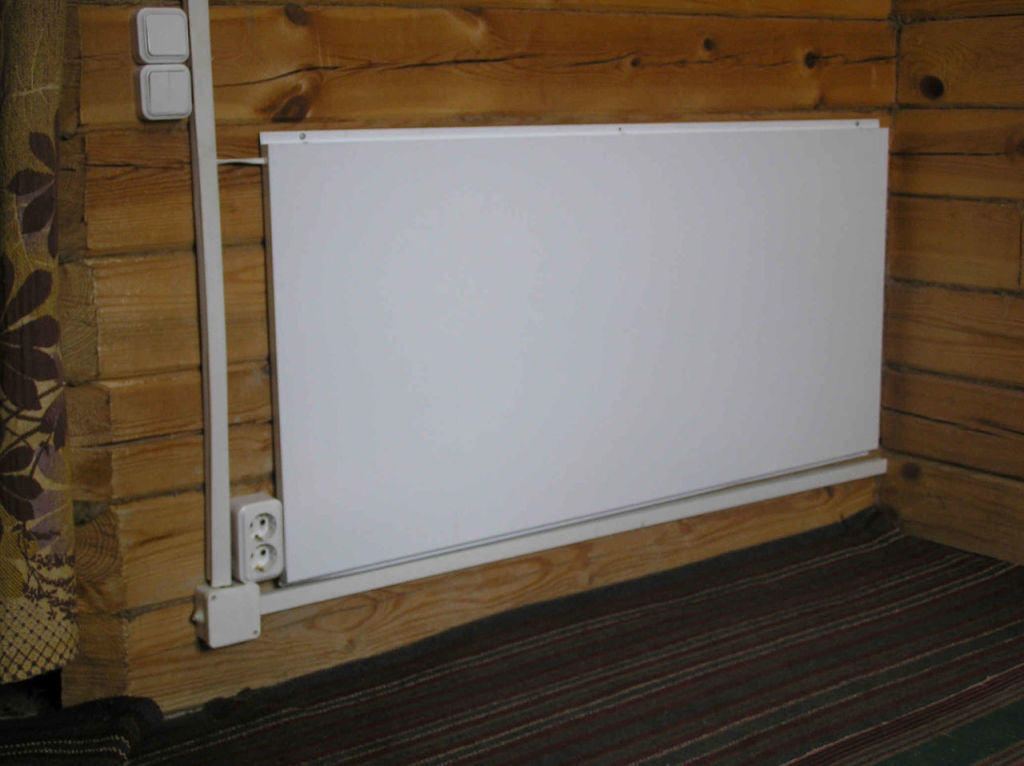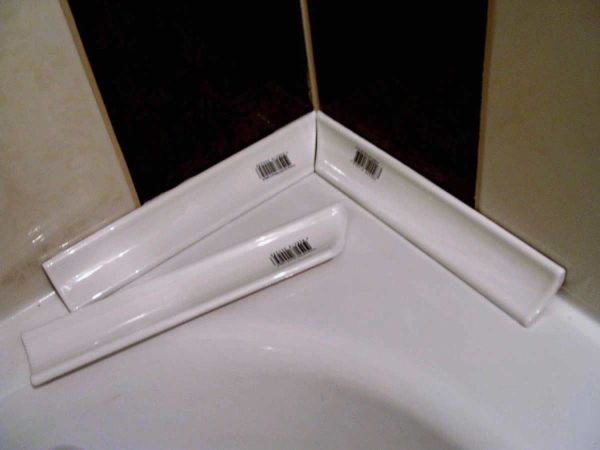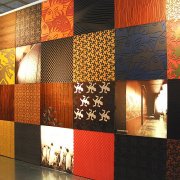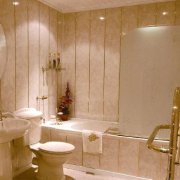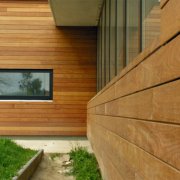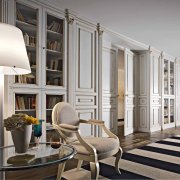Ceramic panels for walls: consider options
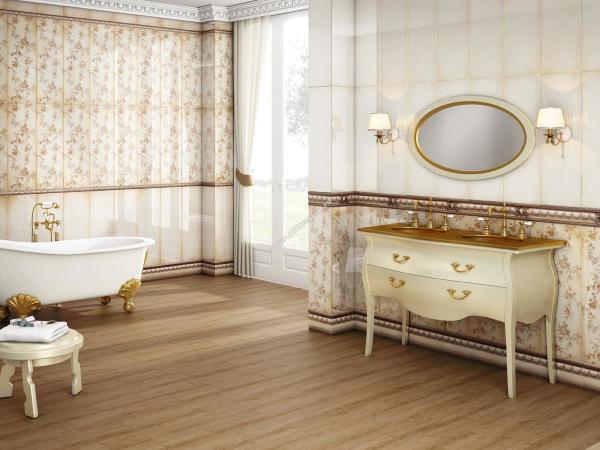
In interior design and construction, the most popular material is ceramics. Tiles, vases, plates, figurines and souvenirs, ceramic panels for walls - are able to create a unique and inimitable style at home. In the construction of houses, the construction of structures with ceramic walls is often used.
The content of the article
Ceramics in the interior
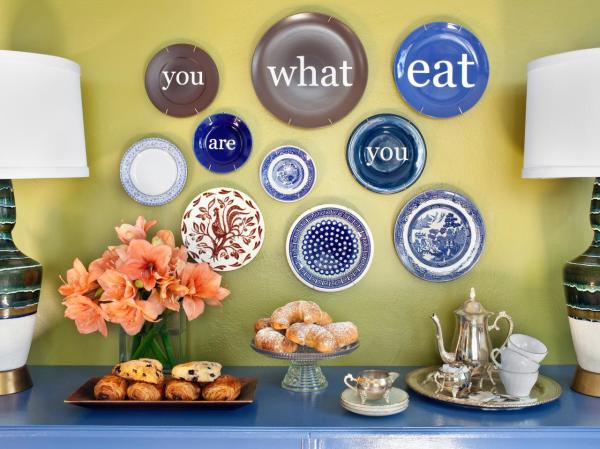
Ceramic products fit into any interior and are widely used in everyday life. It combines with polished furniture, with fabrics and wood products. It is only necessary to consider the color scheme of the interior. On the shelves, racks and cabinets are placed figurines and various vases.
On coffee tables, vases look good under fruits, candy cans, vases with flowers. The kitchen can be decorated with ceramic dishes. In the interior solution is very often used decorative ceramic plates on the wall. This is one way to make the interior of the premises diverse.
Before placing ceramic plates on the wall, you should know some rules:
- Place the group of plates symmetrically. The composition will appear complete.
- Sizes and colors should be selected depending on the area and interior of the room (large plates will not look in a small room, and vice versa).
To decorate the room and choose the only solution, conduct experiments. Combine round plates with rectangular, multi-colored with one-color.
To create composite solutions correctly, consider the following:
- They should fit into the color interior shades.
- If you want to give the room a dynamic, then the plates are placed from large to small.
- To create a strict, conservative style, they are placed symmetrically.
- For style provence flower plates will do. An ideal option would be if the curtains and furniture are decorated with similar bouquets.
- On plain walls, plates are selected with bright colors.
- Place light plates on walls with intense color.
In the interior, ceramic plates on the wall can be placed depending on the imagination and choose a different number of them. It is important that the combination with is harmonious with the surrounding objects. When placing plates on the walls, a combination of different styles is possible.
While working on creating compositions, it is fashionable to combine different shapes and sizes. Ceramic jewelry is placed in groups of several items. A beautiful combination will come from the group consisting of a tall jug, a flat bowl and a narrow vase.
Add a sculptural figure and a large vase to this composition. Decorate the wall with flat decorative plates and medallions. You can create symmetric and asymmetric groups. Asymmetry brings variety and ease to the interior.
But creating such a composition is more difficult than symmetrical. It is not so easy to balance products of different shapes, sizes and colors. To create your own style in the interior, boldly experiment and create unusual compositional solutions. Use various shapes, colors and sizes. Ceramic wall covering.
Ceramic brick
Ceramic brick - This is an artificial, stone material. A mixture of clay, mineral and organic additives is taken to form the brick. Subsequently, the filled forms with the mixture are dried and fired in an oven. Currently, ceramic bricks are used for cladding and building walls.
Ceramic brick has the shape of a parallelepiped with smooth edges and straight edges. A quality brick must be properly burned. In the process of burning, the brick is red.
It has many disadvantages:
- Fragile.
- It crumbles under the influence of water and temperature.
Burnt brick is also not suitable for use. He's too tight. Deformed. It has increased thermal conductivity.
Ceramic bricks make the laying of internal and external walls. For the construction of wall panels and blocks. In this case, the walls are made of solid ceramic bricks. They lay chimneys and stoves. In the construction of frame structures, hollow bricks are used.
Along with brick, ceramic wall stones are used in the construction of buildings. They are divided into effective. Of these, the wall is thinner than a wall made of ordinary brick.
The second group is conditionally effective. They are used to improve the heat and technical properties of the wall. In this case, hollow stones are used equally with solid brick. They are not used only in buildings with high humidity, in basements, as well as for laying the smoke channel and furnace.
Attention! When laying rows with bricks, the subsequent one is shifted by half a brick. One row of bricks is poked out, the others along. This dressing is done every five rows.
Advantages and disadvantages of ceramic walls
Any material has its advantages and disadvantages. Ceramic brick is no exception.
Brick buildings have the following advantages:
- Resistant to fire.
- Resistant to chemicals.
- Resistant to earthquakes.
- They are warm.
- Durable
- Attractive appearance.
The disadvantages include the fact that it is impossible to build multi-story buildings from ceramic bricks, since it does not withstand much pressure.
During construction, various brick options are used.
It happens:
- Hollow.
- Corpulent.
Depending on use, it is divided into:
- Private - for interior walls and piers.
- Front - for exterior decoration of facades.
The most used material in construction is red ceramic brick. There are other colors. It depends on the color of clay, which is used in the manufacture of bricks. Red brick is popular for masonry walls, chimneys and stoves. The rest go for decoration.
Both solid and hollow bricks are used for the construction of walls. Porous or hollow bricks are used to lighten the mass of the wall, and the thermal insulation of the house is also better preserved. Only a solid brick is suitable for the zero cycle of the house.
Ceramic brick wall options
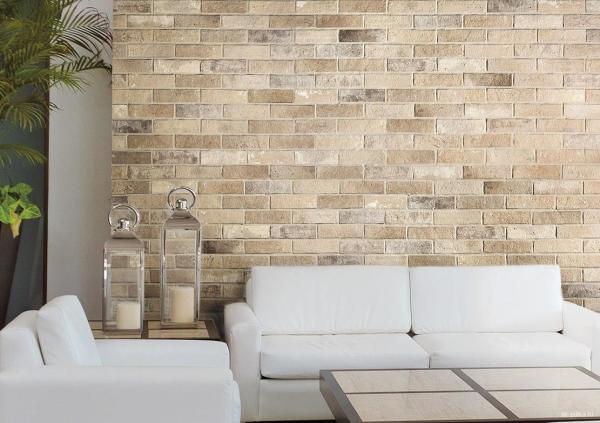
Masonry masters know many options for masonry walls made of ceramic bricks. It happens textured, with various patterns and drawings. The design of the masonry can be done as the walls are erected.
A good, high-quality masonry can be done, only a master with experience and no instruction here will help. If you have a need to build a wall of brick with your own hands, then first read the necessary literature on this issue and you can watch the video in this article.
DIY brick wall
Do-it-yourself masonry of a brick wall is quite difficult, but possible.It is enough to observe the masonry technology.
Where to begin:
- Level the surface on the foundation. This can be done with a cement-sand screed.
- Eliminate all differences exceeding 1 cm with a level.
- Before laying the initial row, lay the roofing material in two layers. This will protect the wall from moisture.
- The initial row of ceramic brick is laid on the roofing material. In this case, the solution is not used. Only bricks are fastened from the end.
- Any masonry starts from the corner. The evenness of a number of bricks is checked by level. Twine is pulled for reference. During operation, focus on the thread and supplement the mortar or trowel the brick so that the rows are even.
- For plumb rows, place plumb bob.
Thus, the entire wall of ceramic bricks is laid out.
Attention! When dressing bricks in the corners, vertical seams should not be in the same line.
Brickwork is of different thicknesses. The inner walls are usually 12 cm, that is, half a brick. The walls in the outbuildings are 25 cm. In residential premises, depending on the region of location: 38 cm in warm rooms and 64 cm in cold rooms. Brick is laid on the mortar. He fills the gaps between the bricks. The thickness of the solution is not more than 1.2 cm.
Seam happens:
- Convex.
- Concave.
- By cutting, the seams are divided:
- Sewn.
- Undercut.
- Embroidered-convex.
- Stitched concave.
In recent years, during the construction of small houses, warm ceramics have gained popularity. What it is? These are large-format porous ceramic stones.
The wall construction made of warm ceramics is gaining more and more popularity due to the speed of construction and the price is quite reasonable. Warm ceramics has become a sales leader among other similar building materials.
For perfect ceramic walls, care and patience are required. When laying bricks, it is necessary to monitor the level of the evenness of the rows and seams. Compliance with the masonry technology will allow you to do quality work for many years.
Ceramic Heaters
Ceramics are widely used in everyday life, including ceramic heaters. It differs from conventional spiral heaters in the material of which the heating element is made.
Ceramic heater has several advantages:
- The room heats up quickly.
- The heater does not burn micropowers. This is important for people with allergies.
- Lots of modes. In summer, it can work like a fan.
Manufacturers offer many models. They can be put on the floor, hung on the wall or put on a table. They can rotate in different directions, which allows warm air to heat the room faster.
Timers and antibacterial protection are built into some models. You can place the fan heater on the wall and it can be controlled using the remote control. They have a beautiful view and are more like air conditioners. In the latter, ceramic fan heaters on the wall, a system for regulating air humidity and temperature control is built-in.
As you can see, the use of ceramics in everyday life has various applications. It is widespread in everyday life and construction. It is very popular among consumers.
